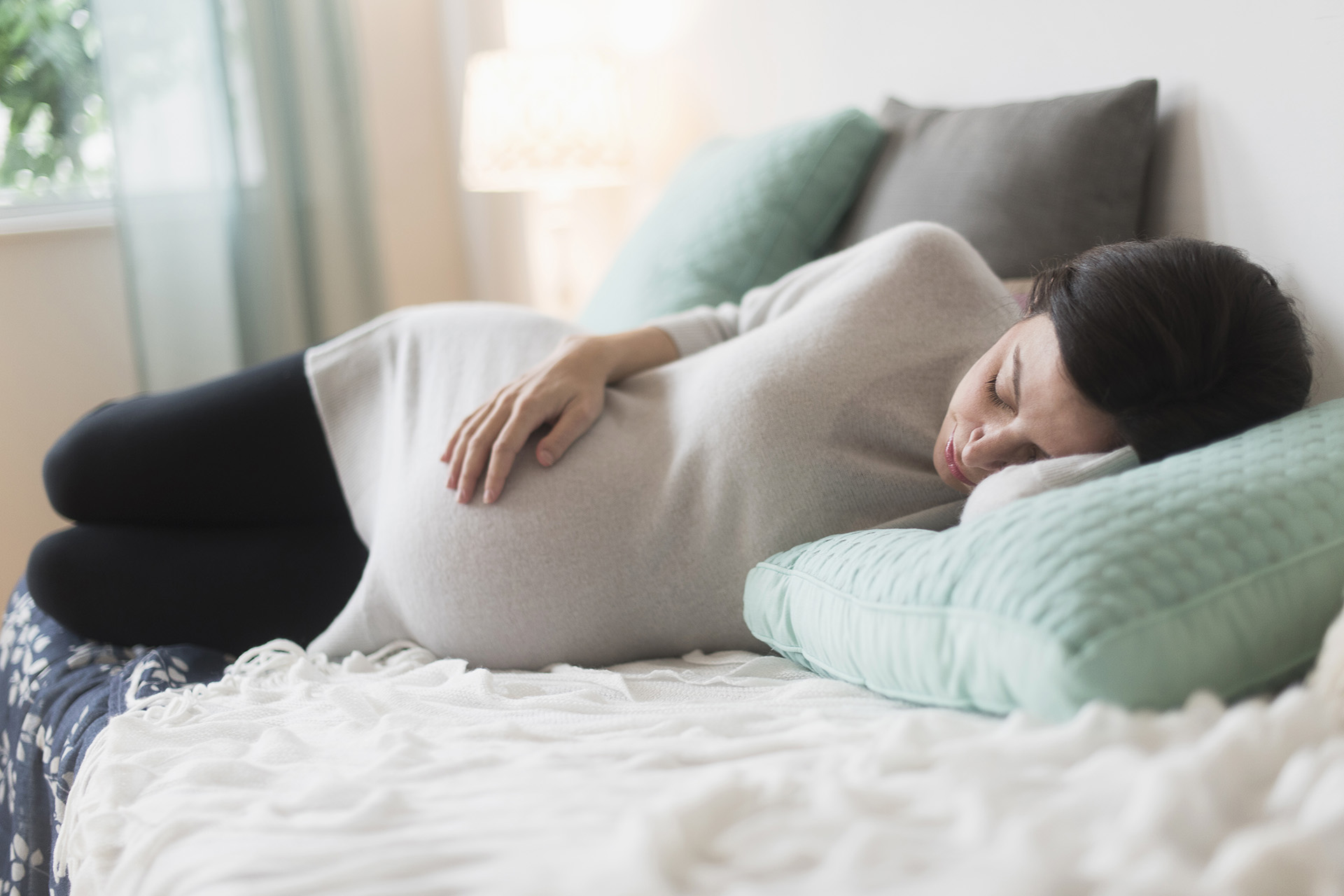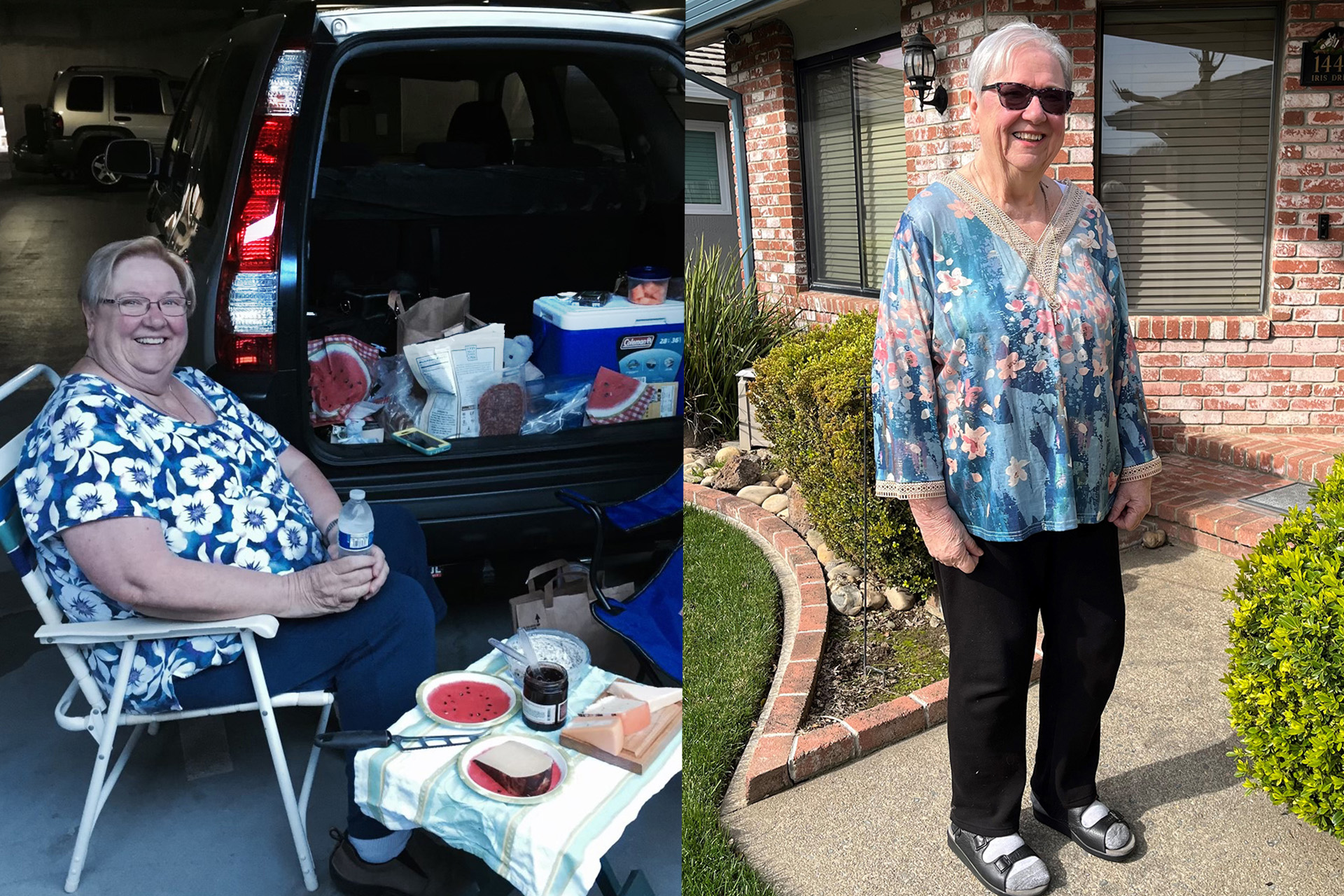Endometriosis is a gynecologic condition that occurs in an estimated 1 in 10 women of reproductive age. For Women’s Health Month, learn about the disorder, including symptoms and treatments.
One of the hallmarks of the chronic gynecologic disorder called endometriosis is pelvic pain, especially around the time of a woman’s period.

Eve Zaritsky, MD, explains this complex condition and its treatments. Dr. Zaritsky is a physician at the Kaiser Permanente Oakland Medical Center who completed a fellowship after residency in minimally invasive gynecologic surgery and has treated many endometriosis patients.
How does endometriosis occur?
Tissue lines the uterus. That’s normal. Endometriosis occurs when the type of tissue lining the uterus, which is called the endometrium, is found in regions outside of the uterus — on the ovaries, bowel, and tissues lining the pelvis. This endometrial tissue is often called implants. These implants respond to the normal hormonal changes of ovulation and menstruation, and may grow and bleed during the menstrual cycle. Breakdown and bleeding of the tissue each month can also cause scar tissue to form or even organs to stick together.
Theories abound as to the reason this happens, including a backward flow of menstrual debris or its presence during fetal development being activated when periods begin, but really there is no proven cause.
What are the symptoms?
Many women have no symptoms. The most common symptom is pelvic pain before and during each menstruation, although other symptoms may include nausea, vomiting, bowel and urinary disorders, pain during intercourse, fatigue, and even infertility. The disease is not well understood, because some women with severe endometriosis may have no symptoms, while those with a minor case may have profound pain. Basically, there is no correlation between severity of endometriosis and pain level.
When may it first occur?
Most cases are diagnosed in women in their reproductive years, around 25 to 35 years old. The disorder has been reported in tween girls, though. There is growing evidence that endometriosis is hereditary, meaning that a family with a history of the disorder is more likely to have younger family members suffering from it.
How is endometriosis diagnosed and treated?
Pelvic exams and ultrasounds may help to determine a diagnosis, but laparoscopy and a biopsy are the only ways to really confirm.
There are a few routes to go as far as medical management. Using medicines to suppress or stop ovulation and keep the endometrial cells in a state of rest, such as low-dose oral contraceptives, IUDs, or other hormonal therapies, is often effective. It’s the recommended initial and subsequent treatment for endometriosis. Pain relievers such as non-steroidal anti-inflammatories such as ibuprofen or naproxen also can be effective for pain relief during periods.
However, if a woman wants to get pregnant and is having trouble conceiving, it may be best to consult with an ob-gyn or fertility specialist. About 40 percent of women with infertility have endometriosis because the inflammation may impact pregnancy rates possibly by damaging the sperm or egg, or interfering with their movement through the fallopian tubes and uterus. In extreme cases, the fallopian tubes may be blocked by adhesions or scar tissue.
There is also minimally invasive laparoscopic surgery in which the endometriosis implants or endometriosis cysts on the ovaries are removed. However, about 40 to 80 percent of women have pain again within 2 years of surgery. Women do have repeat laparoscopic surgery, though. A hysterectomy is considered a last resort, but even then, the implants may return.
Is there anything alternative to try?
There are no dietary recommendations that have been scientifically proven to help. Acupuncture may help, but there is not much research to prove so.
Where is the good news for those with endometriosis?
While there is no cure for endometriosis, there is good news. Once a sufferer hits menopause, her ovaries are not ovulating. That means that there isn’t the stimulation of the endometriosis, so the symptoms disappear. Many women with endometriosis can lead very productive and happy lives and often respond to medical and/or surgical treatment. It is important to work with your physician in finding the best treatment for you.
Learn more at the Endometriosis Foundation of America or endometriosis.org.





This Post Has 0 Comments